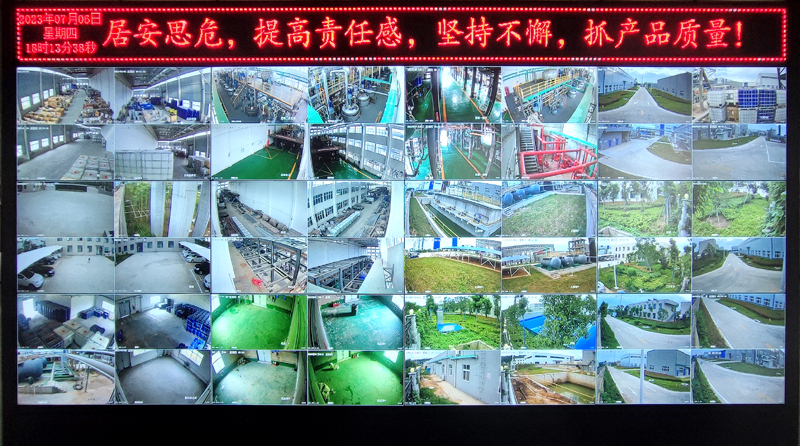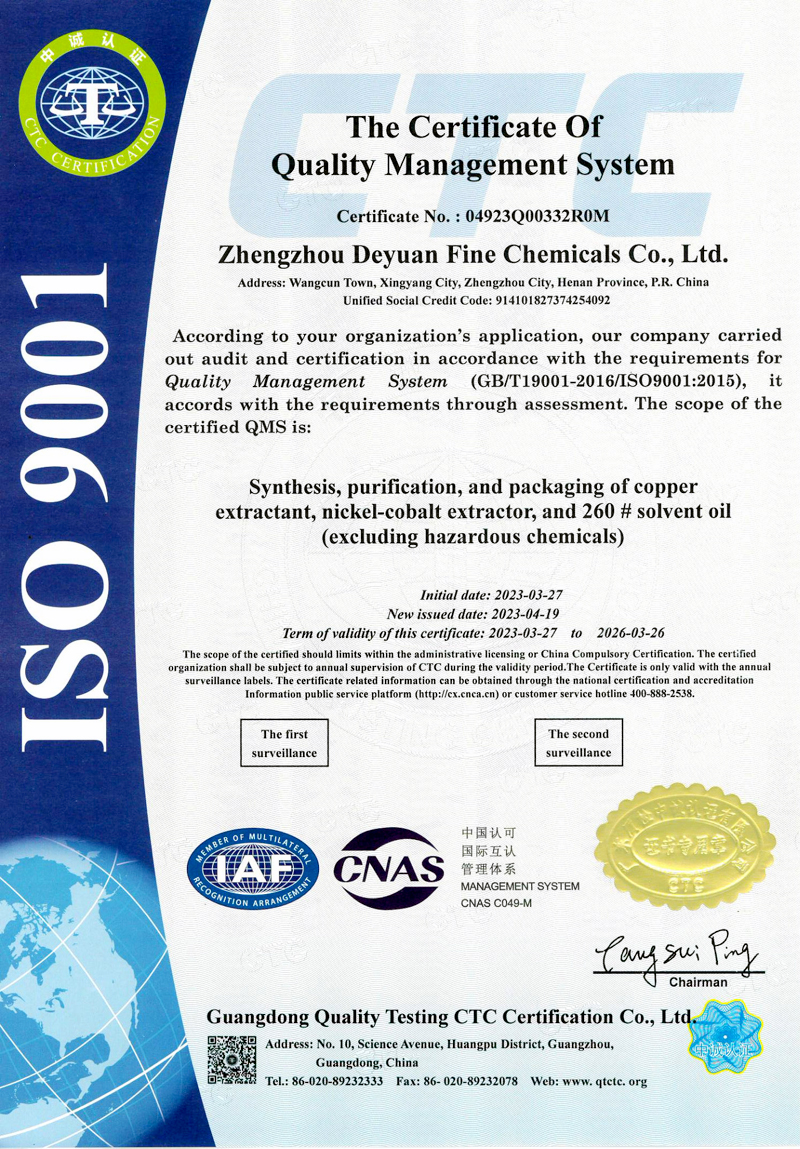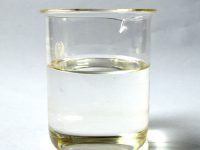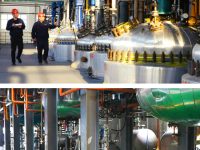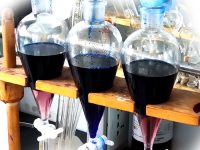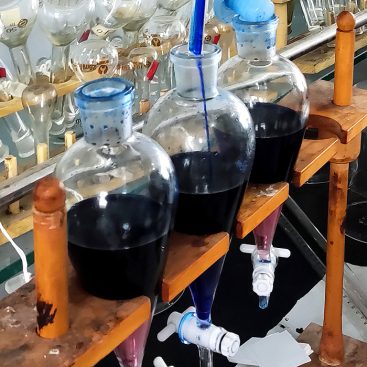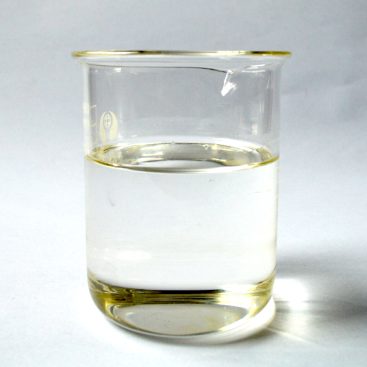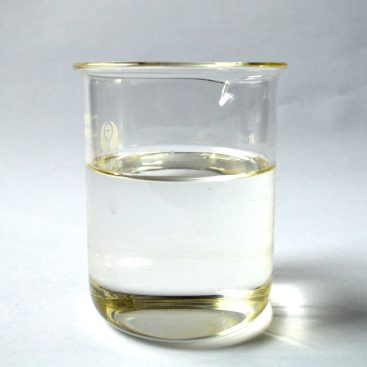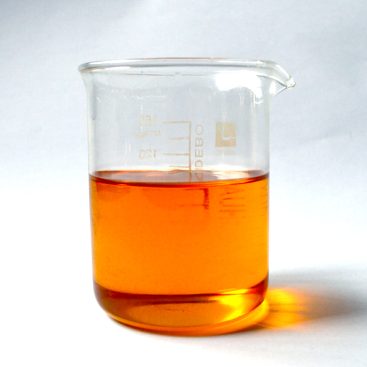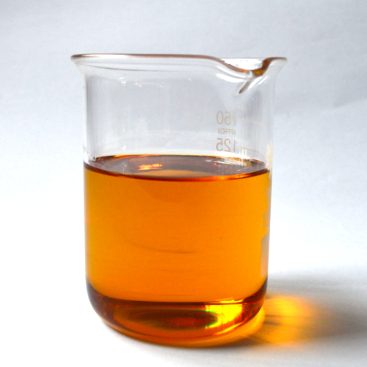P507 non-ferrous metals Extractant is used for non-ferrous metals extraction, the specification as below:
- 2-Ethylhexylphosphonic acid mono-2-ethylhexyl ester (P-507)
- ■ CAS No: 14802-03-0
- ■ Molecular formula: (C8H17)2PO3H
- ■ Molecular weight: 306.4 (according to the 1987 International Atomic Weight Table)
- Product description: P507 non-ferrous metals Extractant are widely used in the hydrometallurgical industry of non-ferrous metals, such as copper, zinc, cobalt-nickel, cadmium, gold-silver, platinum group metals, rare earths, and other industries.
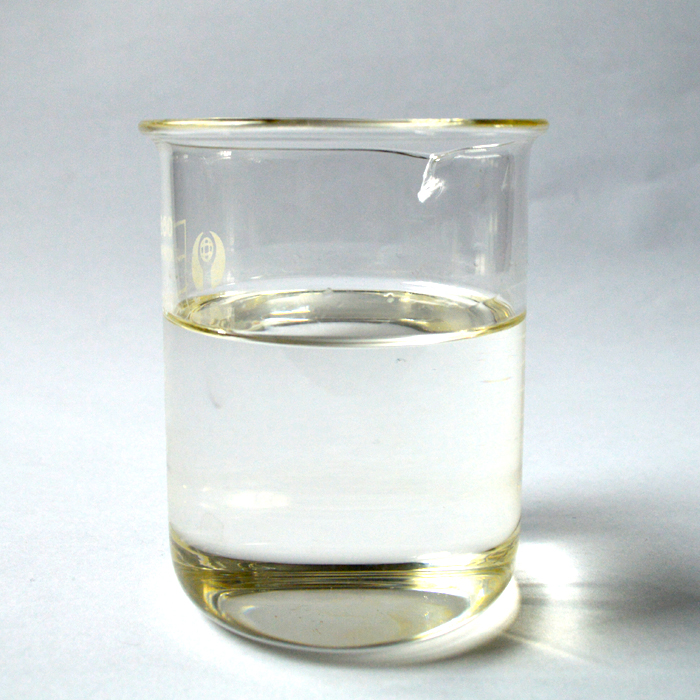
2-Ethylhexylphosphonic acid mono-2-ethylhexyl ester (P-507)
■ CAS No: 14802-03-0
■ Molecular formula: (C8H17)2PO3H
■ Molecular weight: 306.4 (according to the 1987 International Atomic Weight Table)
■ Molecular structure:
|
Name |
Superior Grade |
| Content % |
≥95.0 |
| Dicarboxylic acid % |
≤2.0 |
| Phase separation speed (seconds) |
t1≤90 |
| Acid value (mg KOH/g) |
180-195 |
| Density (20°C) g/ml |
0.940-0.960 |
| Refractive index (N) |
1.4480-1.4520 |
| Viscosity μ25CPS |
36±3 |
| Flash point (open cup) °C |
170±3 |
Product description
P507 non-ferrous metals Extractant are mostly dissolved in organic solvents, commonly used organic solvents include sulfonated kerosene, solvent oil No. 260, and environmentally friendly solvent oil No. 406. They also have synergistic effects on the extractant because they contain a small amount of aromatic hydrocarbons. Dissolving in organic solvents can improve the extraction capacity of the extractant, enhance the solubility of its metal chelates, reduce viscosity, and decrease volatility and solubility in water.
P507 non-ferrous metals Extractant are widely used in the hydrometallurgical industry of non-ferrous metals, such as copper, zinc, cobalt-nickel, cadmium, gold-silver, platinum group metals, rare earths, and other industries.
The main functions of extractants include separating main metal ions from impurity metal ions, enriching the concentration of main metal ions, purifying metal ions, and changing the types of anions.
P507 non-ferrous metals Extractant mainly consist of seven common compounds such as phosphoric acid, ammonium salts, and benzene, where the hydrogen ions or hydroxyl groups are replaced by long-chain alkyl groups. When metals combine with these extractants, they form metal organic compounds that dissolve in organic solvents. Due to differences in the binding abilities between various metals and these extractants, the order in which these extractants extract metals differs, thereby separating these metal ions.
The main factors influencing the extraction sequence of metal ions are the valence state of metal ions, the size of metal ion radius, the hydration energy of metal ions, the stabilizing energy of d electrons, and the coordination number. For extractants, acidity, steric hindrance, and the lipophilicity of the extractant all have an impact on the extraction sequence of metal ions.
The main steps of P507 non-ferrous metals Extractant are as follows:
- Adjust the pH of the feed solution. For example, in cobalt-nickel metallurgy, the pH of the feed solution is typically adjusted to 3.4-4.0.
- Prepare the extractant by mixing it with an organic solvent in a certain volume ratio. For example, for P204 extractant, it is usually prepared by mixing P204 extractant with sulfonated kerosene in a volume ratio of 4:1.
- Saponification, mainly for acidic extractants. It involves the reaction between the extractant and a base. The main purpose is to stabilize the pH of the feed solution and enhance the extraction capacity of the extractant.
- Extract metal ions. The industry generally employs countercurrent extraction processes, where the organic and aqueous phases flow in opposite directions. There are usually multiple extraction stages to ensure extraction efficiency.
- Wash, primarily for impurity removal, washing off the impurity metal ions that have a lower extraction sequence into the aqueous phase, ensuring the purity of the organic metal ions.
- Water washing, mainly addressing the issue of entrainment of the extractant in the extraction phases.
- Stripping. Use a certain acid to strip the metal from the organic phase back into the aqueous phase.
Our metal extractants as below:
- P204 (D2EHPA or HDEHP) This is used for first step to remove impurity for laterite nickel ore.
- DY319 high efficiency nickel cobalt co-extraction extractant for battery recycle, can take out nickel and cobalt together from Lithium battery electrolyte.
- DY272 Nickel cobalt separation extractant, it can take cobalt out from nickel cobalt solution, then leave pure nickel.
- DY988N/DY973N/DY902/DY5640 copper solvent extraction reagent.
- P507 non-ferrous metal extractant for copper, zinc, cobalt-nickel, cadmium, gold-silver, platinum group metals, rare earths and so on.
- DY377 efficient nickel and diamond separation extractant.
- DY366 Scandium extractant.
- DY316 Lithium extractant.
